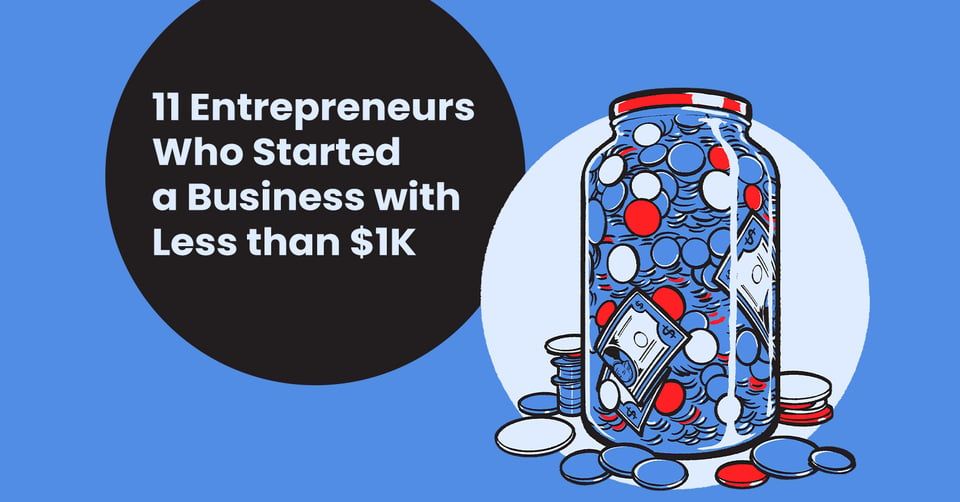
Most entrepreneurship success stories you read tell you how massive Fortune 500 list-makers got their start. But what if you just want to know how to make $1 million or $10 million for yourself?
We caught up with 11 successful entrepreneurs who told us how they built a life they love — starting with less than a thousand bucks.
1. Peterman Design Firm and Networking
For our first of 11 entrepreneur success stories, we heard from designer Ian Peterman, who built Peterman Design Firm, starting with less than $500. To say he’s been successful would be an understatement.
“We still hold in the 6-figure range, but are projected to hit 7 figures in the next 12-18 months,” he says.
Secret to Success
How’d he do it? By choosing an inexpensive business model and learning to network.
“Selecting a service-based business allowed me to avoid a lot of the typical overhead costs associated with a goods-based business.”
Peterman says, “I went to 2-3 networking events every week, cold-called and emailed businesses I thought I could help, and was active on LinkedIn. All of that combined into keeping me busy and hitting 6 figures the first year.”
2. NAMYNOT, Inc. and Financial Strategy
Antonio Wells, founder and CEO of NAMYNOT Inc., started the Chicago-based brand-growth and marketing-strategy firm — again — on less than $1,000. He saw no profits in year one, but by year three, he had generated enough cash flow to began hiring employees. In 2015, after seven years of operation, Wells sold the firm for six figures. Here’s what it took.
Secret to Success
First, it required grit. “This business was my baby ... my passion,” he says. “If anything, I believed in myself. I knew that I can count on myself to grind and succeed.”
But it also took a smart financial strategy.
“The key is to reinvest 100% of your earnings until you can afford to pay yourself from profits.”
Wells says. “This is how you thrive on a shoestring budget.”
And finally, establish an exit strategy before you even begin. Selling his “baby” empowered Wells to go on to start other successful ventures.
3. WOKEN and Customer Insights
Source: Woken
We also connected with Rachel Serwetz, founder and CEO of WOKEN, a career-exploration and job-search platform. Serwetz launched with $0 startup costs and in the last year brought in $13,000 in revenue and $10,000 in crowdfunding.
To do it, Serwetz says she began “productizing” her services without realizing it — so while she spent $0, she admits she gave the endeavor tons of her valuable time.
Secret to Success
She leveraged free tools like Google Sheets to build a customer base and gather user data. “After two months of offering a free beta test, we began charging and saw that people started to pay for the software as a service,” Serwetz says.
“We garnered feedback ... testimonials, key metrics, and outcomes. We're now onto our second custom-coded version.”
Clearly, combining the use of free tools with invaluable customer data can spur business revenue. But Serwetz says the nonmonetary impacts of her work are just as important.
“We also measure clients' increase in career clarity, increase in certainty in how to approach career processes, and reduced stress.”
4. Mind the Test and Focusing on Your Core Competency

Source: Anna Moss, Mind the Test
Meet Anna Moss, founder of Mind the Test. It’s a tutoring, test-prep, and academic-enrichment service that began with a $100 capital investment, business license — and nothing else. Moss says the business made a healthy $40,000 in profits (after owners’ draw) in the first year.
To achieve this success, Moss used her scrappy mindset. She bought used equipment and still revels in the “treasure-hunting” expeditions. For instance, the business needed a good projector.
“I scoured eBay and Craigslist for weeks,” Moss says. “Finally, my daily Craigslist search paid off: someone a couple of hours away was selling a projector—that usually goes for $400 used—for only $100.”
Secret to Success
She “cut the fat” in other areas, too, doing the work herself.
“So many tutoring companies are run by business people and have to hire tutors, which seemed crazy to me,” she says. “Why not just teach what I am best at and keep my costs low?”
5. Fin vs Fin and Partner Marketing

Source: Fin vs Fin
Fin vs Fin is a product-review site led by Alex Goldberg, cofounder and CEO. In 2019, Goldberg and his cofounder each contributed $500 of personal cash to the startup and are now raking in $50k-$60k in monthly revenue.
The founding duo got there by doing most of the work themselves to keep costs low. They paid others but didn’t draw salaries for eight months. Meanwhile, to grow, Goldberg says they focused on promoting their partners.
Secret to Success
“We focused aggressively on growing affiliate partnerships with brands that we wrote about, brokering deals to collect a commission from each sale we referred,” Goldberg says.
Strategic partnerships may look a little different for your business, but they’re still worth your while.
“For anyone growing an audience, readership, or community, remember that there are brands that want to reach your audience,” urges Goldberg. “So, reach out to them directly to strike bespoke partnerships that align your incentives with their growth.”
6. The Hive Law and HARO
Shawn Breyer knows a thing or two about these artful audience-sharing partnerships. Breyer owns The Hive Law law practice, which he started with just website hosting, a business license, and an SEO tool. Today, the firm brings in $17,000-$23,000 per month in revenue.
Secret to Success
How? By building an audience and then getting in front of others’ audiences, as well.
“We wrote two to three blogs a week and pitched about five Help A Reporter Out (HARO) queries per day for backlinks,” he says. “It took us six months of this before we ranked for any keywords.”
Once the firm’s content began ranking in search, those posts started generating leads, which Breyer then nurtured into customers. He recommends entrepreneurs keep their nine-to-five so they can reinvest profits into the business. This lets leaders refrain from taking a salary until the business is profitable.
7. CocoDoc and Content Marketing
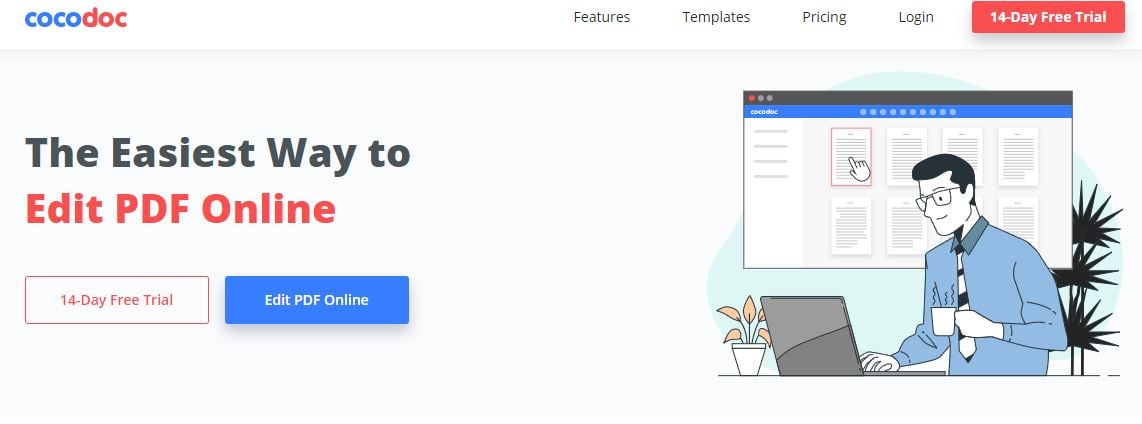
Source: CocoDoc
Ready to meet someone else who aces creative marketing? Alina Clark is the cofounder and marketing director of CocoDoc, a PDF editor. To start her business, she spent $800 on website hosting and online business startup costs. Now, Clark generates $100,000-$300,000 per month in revenue. Here’s how it happened.
Secret to Success
First, she focused on creating unique content.
“Since our business thrives in the online space, I decided to invest in content marketing.”
Clark recalls, “In the beginning, I produced everything on my own. Although I'm no Hemingway, I made some ground with my quirky, thought-provoking blog and social media posts.” Clark also watched for market signals, like when customers went out of their way to bring other customers to the site.
As brand awareness grew, Clark scouted opportunities to promote her product.
“I plug my business whenever I have a chance,” she says. “A trending Tweet I've made on Twitter? I'll take the chance to plug in the business. A forum discussion where my post has some traction? I'll also plug in the business.”
Want to join Clark among these entrepreneurship success stories? Take advice straight from the source: When asked what encouragement she’d give others, Clark recommended that aspiring business owners leverage their skills and hobbies.
Avoid starting a business in a space you don’t already have mastery of.
8. Offit Advisors and Referrals
May Jiang, CPA, CFP, is the cofounder of Offit Advisors, a financial-planning group. The business started with a small investment of a few hundred dollars, and in just the last year, Offit Advisors earned $168,000 in gross profit. Those first few hundred dollars were spent to acquire a website, an email address, a cell phone, and — of course — bookkeeping software!
Secret to Success
Jiang grew by finding referral partners who referred prospects and clients. Then, she returned the favor by referring clients who need their services.
To encourage others, Jiang recommends staying nimble. “Use free resources as much as possible in the beginning,” she says. “Use easy bookkeeping software, like QuickBooks Online, that allows automation and shows you business profit or loss in real-time."
"Maximize your effort to grow the revenue and keep the expenses low. You’ll have a thriving business.”
9. Swiggies and Product Testing
Source: Swiggies
For more encouraging entrepreneurship success stories, look no further than the inspiring example of Julie Austin, inventor of Swiggies, and CEO of the Creative Innovation Group. Austin built a prototype of her idea with $5 and a lump of clay. Today, “I've sold almost a million units around the world and now have 25 distributors.”
Secret to Success
To lay the foundation for this kind of success, Austin used packaging from a friend’s (a fellow manufacturer) surplus clamshells. She tested the product at the beach and park to gain intelligence from users and used all proceeds from first sale(s) to create, sell, and distribute more product.
Takeaways for the rest of us? Get your customers to pay you quickly, and ensure that your product or service is so unique that media outlets will want to cover it.
10. Deeper Than Money and Growth Mindset
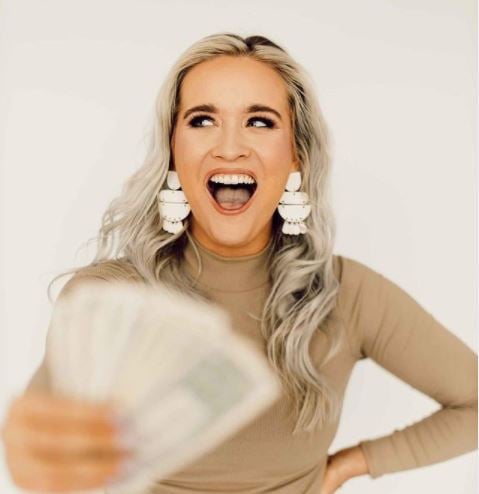
Source: Deeper Than Money
Chloe Elise is the CEO of Deeper Than Money, a financial-literacy company that teaches people how to control their finances and change their lives. Elise launched with a $500 loan from her personal savings and turned that seed into a modest empire.
“In 2020, Deeper Than Money did over $550,000 in revenue,” Elise told us. “And in 2021 we are on pace for well over $1 million generated in revenue.”
Secret to Success
To make it happen, Elise rented and devoured audiobooks about business. Then, she learned how to leverage social media influence to generate interest and sell her educational materials.
Her advice to others is to reinvest everything back into the business at first. Plan for at least a year of this kind of sacrifice. For Elise, the reinvestment strategy took eight months.
11. Fortunate Feet and Consistency
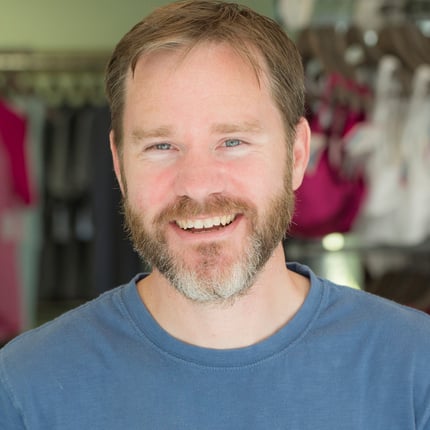
Ben Drew, Founder of Fortunate Feet
Wrapping up our list of inspiring entrepreneurship stories is Ben Drew, the founder of Fortunate Feet, a website dedicated to helping readers eradicate foot pain. Drew says he started the site with about $100 and “tons of sweat equity.” Now, the business brings in $20,000 in revenue each month.
Drew grew his site with content marketing. He wrote and posted articles and emailed other websites to link and mention the Fortunate Feet brand. He also engaged others via dialogue on social media and blogs’ comment sections.
Secret to Success
Drew says,
"You don’t have to be the best at everything if you’re just willing to be consistent."
He attributes his success not to doing these things, but to doing them religiously.
“What helped me was focusing on doing these things every single day,” he says.
Add your story to these entrepreneurship success stories today
Successful entrepreneurship starts with a smart launch, yes, but it can continue only if you learn how to scale up sustainably.
Call us today for a free 30-minute consultation, and learn exactly what to do to start — or scale — your own business.





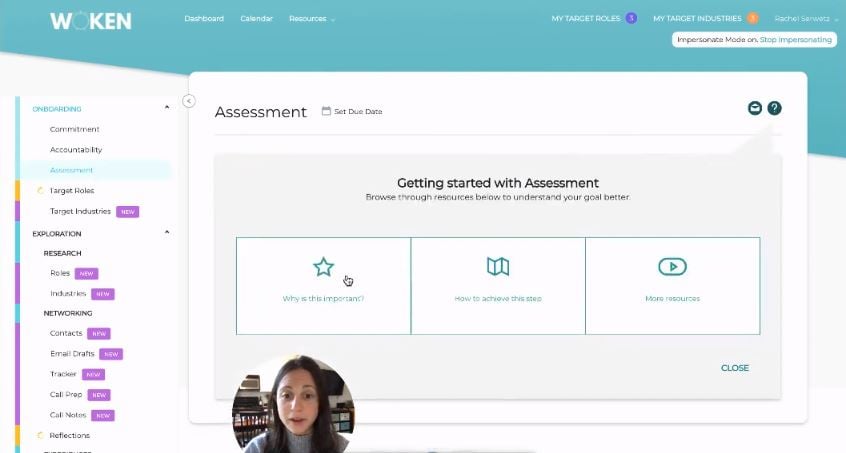

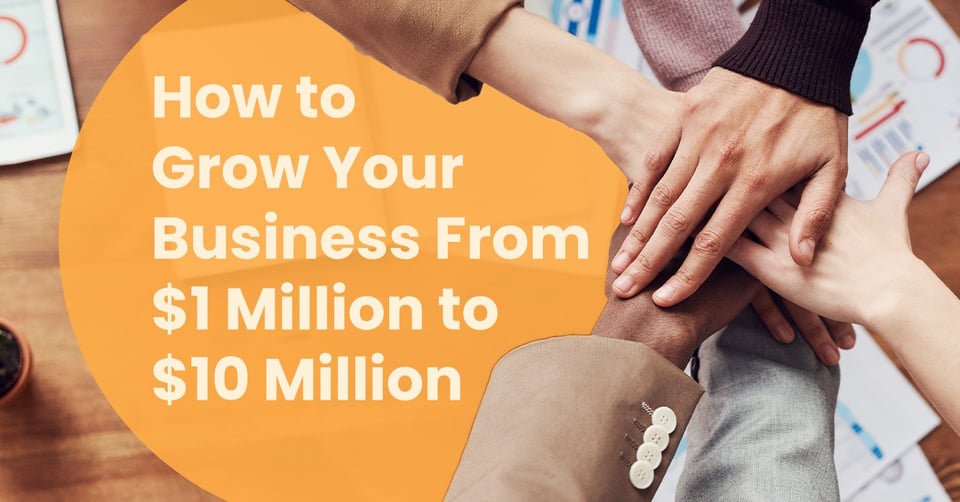







.png)


